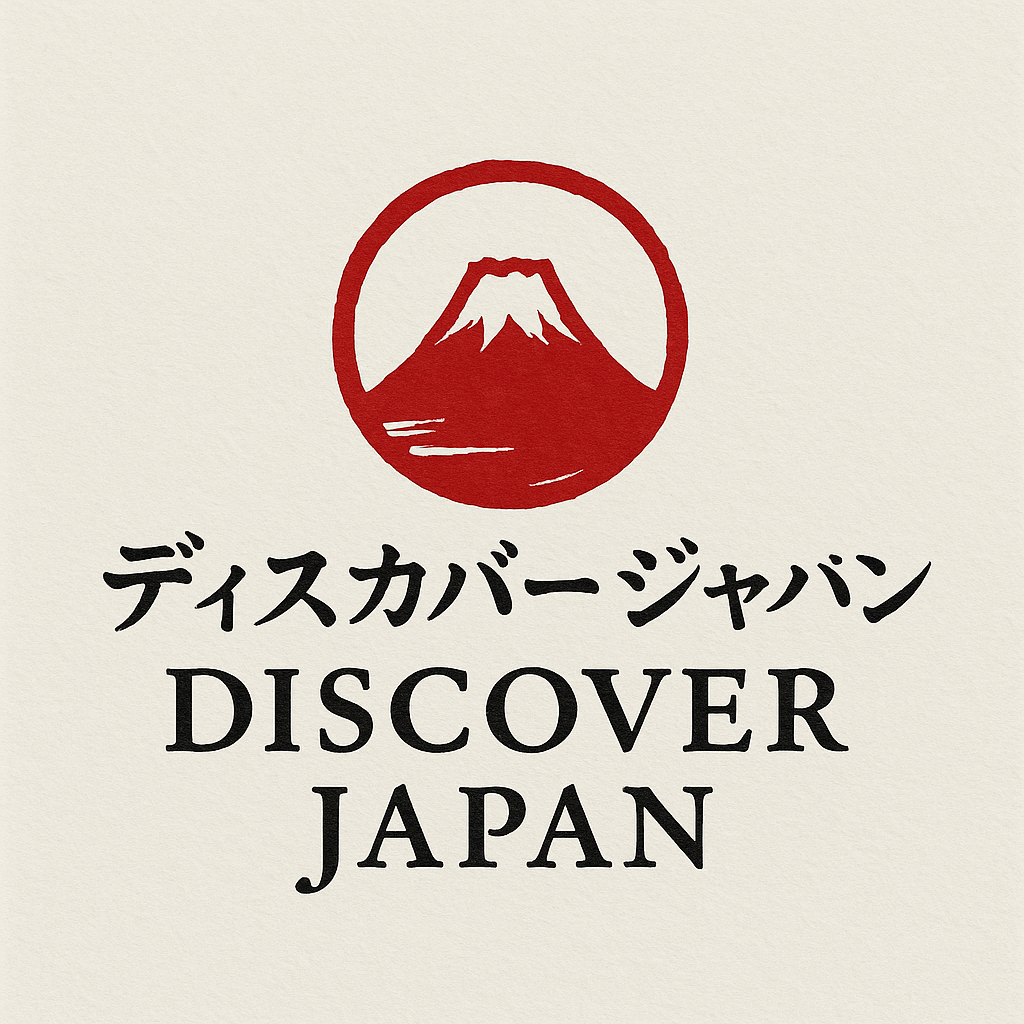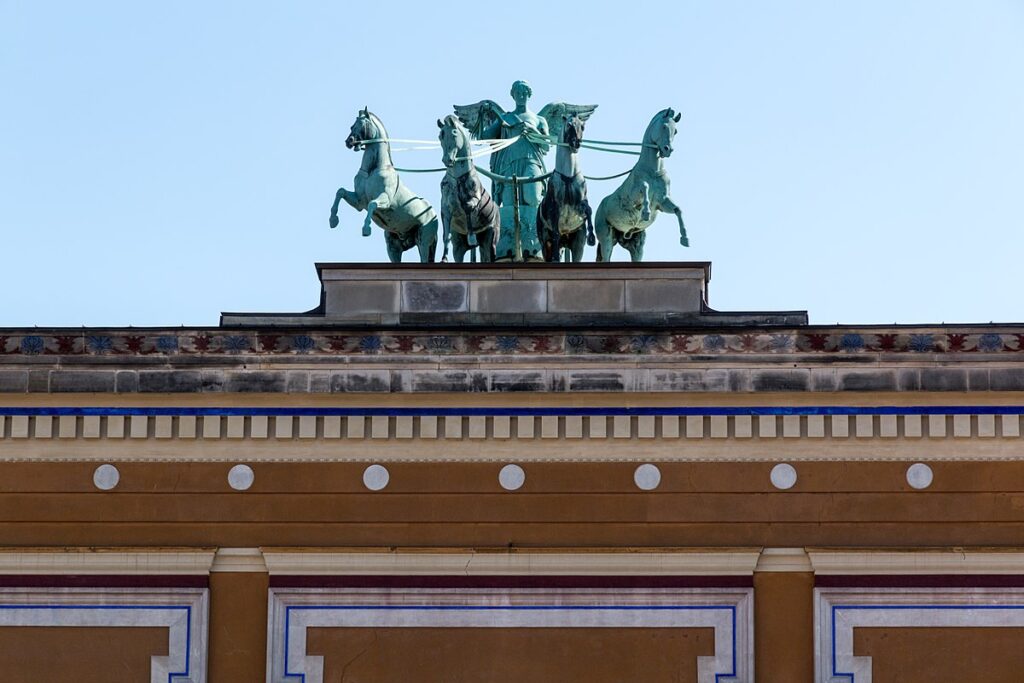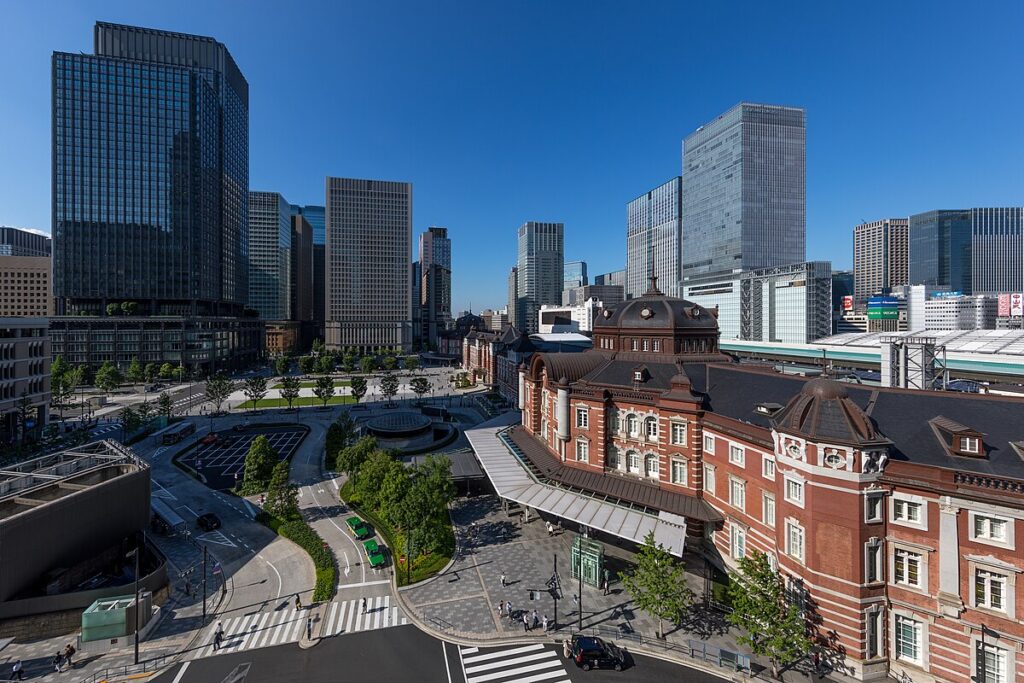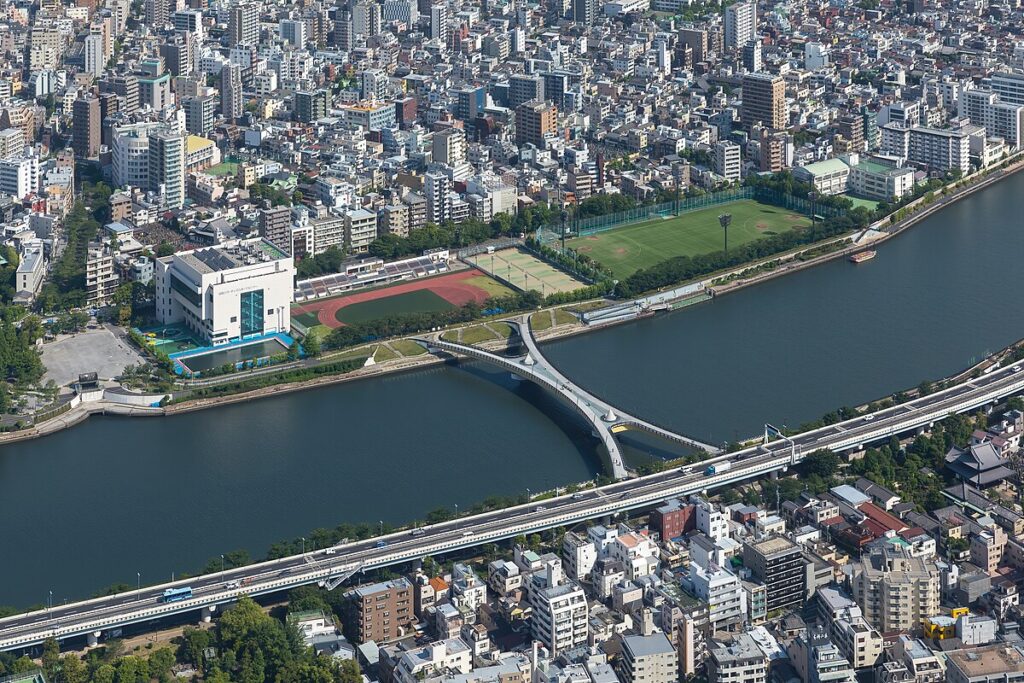-

Kubota Castle (Akita City, Akita Prefecture)
概要(歴史・特徴・魅力) 久保田城(久保田城跡)は、現在の秋田市中心部にあった城で、江戸時代に秋田藩(佐竹氏)の居城として整備されました。城郭の中心部は現在「千秋公園(せんしゅうこうえん)」として整備され、堀や石垣、本丸・二の丸の曲輪跡が... -

Dutch Slope (Nagasaki City, Nagasaki Prefecture)
概要(歴史・特徴・魅力) オランダ坂は長崎市東山手・南山手地区にある石畳の坂道で、異国情緒あふれる街並みの代表的な景観スポットです。江戸時代の出島を通じて長崎に暮らした外国人(特にオランダ商人や欧米人)がこの辺りに居住したことから「オラン... -

Daiozaki Lighthouse (Shima City, Mie Prefecture)
概要(歴史・特徴・魅力) 大王崎灯台(だいおうざきとうだい)は、三重県志摩市大王町の大王崎(だいおうざき)に立つ海岸灯台です。岬の突端に位置し、太平洋・熊野灘や紀伊水道に面するため、昔から海上交通の要所として重要な役割を果たしてきました。... -

Obi Castle (Nichinan City, Miyazaki Prefecture)
概要(歴史・特徴・魅力) 飫肥城(飫肥城跡)は、宮崎県日南市飫肥地区にある城跡と城下町の総称です。中世から江戸時代にかけて飫肥藩の政治・文化の中心地で、城郭本体は廃城となった後も城下町や石垣、武家屋敷町並みが良好に残されています。特に江戸... -

Mount Takachiho (Takachiho Town, Miyazaki Prefecture).
確認させてください。ご指定の「高千穂峰(宮崎県高千穂町)」についてですが、同名や類似の地名があり混同が起きやすいため確認します。 - A:火山の山「高千穂峰(たかちほのみね)」 —— 通常は霧島連山の一峰で、所在地は主に鹿児島県(霧島地域)で、... -

Noboribetsu Bear Ranch (Noboribetsu City, Hokkaido)
概要(歴史・特徴・魅力) 登別クマ牧場は、北海道登別市の登別温泉の高台に位置する観光施設で、ヒグマを中心に飼育・展示している熊牧場です。長年にわたり自然に近い環境で熊を観察できる場として親しまれており、餌やり体験や観察用の歩道・展望スペー... -

Mount Nose Myoken (Nose Town, Toyono District, Osaka Prefecture)
能勢妙見山(大阪府豊能郡能勢町) 概要(歴史・特徴・魅力) 能勢妙見山(のせみょうけんさん)は、大阪府北部の能勢町にある霊山で、古くから妙見信仰(北辰=北極星・北斗七星を本尊とする信仰)の霊場として知られます。山上には妙見堂(妙見寺・妙見... -

Mori Art Museum (Roppongi, Minato-ku, Tokyo)
概要(歴史・特徴・魅力) 森美術館は、東京都港区六本木のランドマーク「六本木ヒルズ森タワー」の上層階にある現代美術館です。2003年に開館して以来、国内外の現代美術を紹介する主要な場として知られ、特にアジア地域を含む国際的な作家やテーマを取り... -

Hatonosu Valley (Ome City, Tokyo)
鳩ノ巣渓谷(東京都青梅市) — 概要(歴史・特徴・魅力) 鳩ノ巣渓谷は、多摩川(上流は奥多摩方面)の清流が削り出した花崗岩の大岩や奇岩、浅瀬・淵が連なる景勝地です。古くから多摩川の景勝地として親しまれ、近隣の鉄道駅(鳩ノ巣駅)から手軽にアク... -

Chatan American Village (Chatan Town, Nakagami District, Okinawa Prefecture)
概要(歴史・特徴・魅力) 北谷アメリカンビレッジ(沖縄県中頭郡北谷町)は、アメリカの海辺の街をイメージした大型の複合型商業・娯楽施設です。元々は米軍基地や港湾に関連する地域でしたが、観光地化の一環で商業施設や飲食店、エンターテインメントが...




